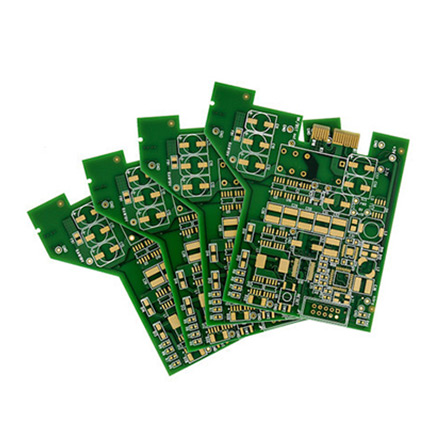The Elegance of Low Iron Tempered Glass
Low iron tempered glass is a type of processed glass that has been engineered to reduce the content of iron impurities, resulting in enhanced clarity and a greenish tint. This specialized glass is further strengthened through tempering, which involves heating the glass to its softening point and then rapidly cooling it. The process creates a compressive stress on the surface of the glass, making it much stronger and more resistant to thermal and physical impacts.
The low iron characteristic ensures that the glass provides optimal light transmission with minimal color distortion. It's an attribute highly sought after in architectural applications where unobstructed views are desired. With its high transparency, low iron tempered glass allows the natural beauty of the surrounding environment to shine through, creating a seamless integration between interior spaces and the world outside.
Furthermore, the tempering aspect of this glass offers practical benefits beyond aesthetic appeal. The increased strength makes it ideal for areas prone to high winds or extreme weather conditions, as well as locations requiring security against break-ins The increased strength makes it ideal for areas prone to high winds or extreme weather conditions, as well as locations requiring security against break-ins

The increased strength makes it ideal for areas prone to high winds or extreme weather conditions, as well as locations requiring security against break-ins The increased strength makes it ideal for areas prone to high winds or extreme weather conditions, as well as locations requiring security against break-ins
 low iron tempered glass
low iron tempered glass. In the event of breakage, tempered glass shatters into small, relatively harmless pieces, reducing the risk of injury compared to traditional glass shards.
In modern architecture, low iron tempered glass is often used for curtain walls, allowing architects to design with larger, uninterrupted expanses of glass. These glass facades not only provide structural integrity but also contribute to energy efficiency by allowing natural light to penetrate while minimizing heat loss or gain due to the insulating properties of the glass.
In conclusion, low iron tempered glass combines form and function, offering both superior clarity and robust durability. It is a material that caters to the demand for visual purity and safety in contemporary design. As technology continues to advance, the application of such glass will undoubtedly continue to expand, bringing a touch of elegance to our built environments while ensuring they are protected and energy efficient.


 The increased strength makes it ideal for areas prone to high winds or extreme weather conditions, as well as locations requiring security against break-ins The increased strength makes it ideal for areas prone to high winds or extreme weather conditions, as well as locations requiring security against break-ins
The increased strength makes it ideal for areas prone to high winds or extreme weather conditions, as well as locations requiring security against break-ins The increased strength makes it ideal for areas prone to high winds or extreme weather conditions, as well as locations requiring security against break-ins low iron tempered glass. In the event of breakage, tempered glass shatters into small, relatively harmless pieces, reducing the risk of injury compared to traditional glass shards.
In modern architecture, low iron tempered glass is often used for curtain walls, allowing architects to design with larger, uninterrupted expanses of glass. These glass facades not only provide structural integrity but also contribute to energy efficiency by allowing natural light to penetrate while minimizing heat loss or gain due to the insulating properties of the glass.
In conclusion, low iron tempered glass combines form and function, offering both superior clarity and robust durability. It is a material that caters to the demand for visual purity and safety in contemporary design. As technology continues to advance, the application of such glass will undoubtedly continue to expand, bringing a touch of elegance to our built environments while ensuring they are protected and energy efficient.
low iron tempered glass. In the event of breakage, tempered glass shatters into small, relatively harmless pieces, reducing the risk of injury compared to traditional glass shards.
In modern architecture, low iron tempered glass is often used for curtain walls, allowing architects to design with larger, uninterrupted expanses of glass. These glass facades not only provide structural integrity but also contribute to energy efficiency by allowing natural light to penetrate while minimizing heat loss or gain due to the insulating properties of the glass.
In conclusion, low iron tempered glass combines form and function, offering both superior clarity and robust durability. It is a material that caters to the demand for visual purity and safety in contemporary design. As technology continues to advance, the application of such glass will undoubtedly continue to expand, bringing a touch of elegance to our built environments while ensuring they are protected and energy efficient.